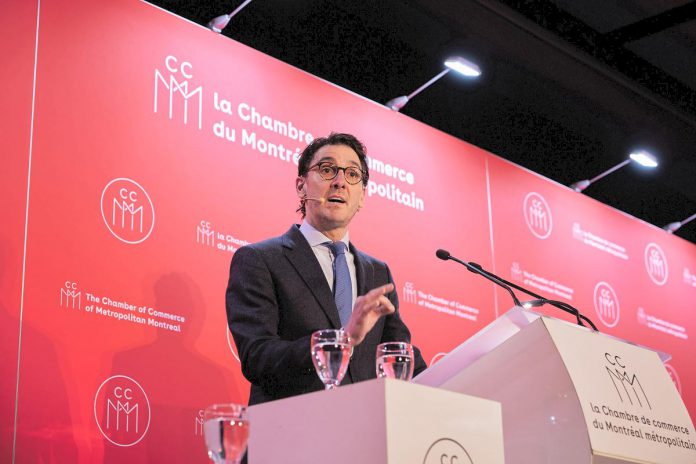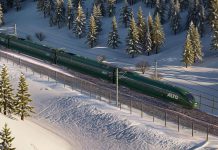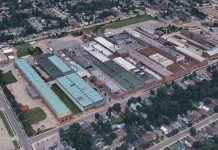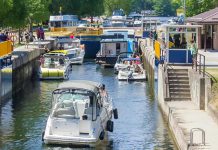
The planned rapid passenger rail project between Quebec City and Toronto — which includes a stop in Peterborough — is going to be comparable to high-speed rail networks in Europe, according to the president and CEO of VIA HFR.
Martin Imbleau, who was hired last September to head the Crown corporation created in 2022 to oversee the project, spoke at the Chamber of Commerce of Metropolitan Montreal on Tuesday (February 20).
Described as the largest transportation infrastructure project in Canada since the construction of the St. Lawrence Seaway over 60 years ago, the proposed high-frequency rail network will extend over nearly 1,000 kilometres of dedicated and electrified tracks, with stops in Quebec City, Trois-Rivières, Laval, Montreal, Ottawa, Peterborough, and Toronto.
“This project will be transformative for both Quebec and Canada,” Imbleau said. “We will bring cities closer together and connect three capitals and the country’s two biggest cities.”
According to Imbleau, the project’s objective is to put in place a rapid rail service in the Quebec City-Toronto corridor with frequent and reliable departures comparable to European standards.
Imbleau added the tendering process is underway to select a private sector partner, with three international consortiums working on finalizing their applications. Submitted proposals will need to minimize travel times, including scenarios where trains will run at 200 kilometres per hour, as well as an alternative with no speed limit, allowing trains to go “as fast as possible.”
“We want to develop something that is fast, reliable, and frequent, comparable to European networks,” Imbleau said.
Europe’s high-speed rail network includes almost 4,000 kilometres of high-speed rail lines, with long-term plans to expand the network up to 7,000 kilometres. Several new high-speed lines are under construction with a design speed of 300 to 350 kilometres per hour, and several old lines are being upgraded to allow passenger trains to operate at 250 kilometres per hour.
Imbleau noted Canada’s new rail network will provide a solution to traffic congestion on highways in the corridor, promote the development of intercity transport, and contribute to the decarbonization of the transport sector.
Imbleau visited Peterborough last November to speak at the annual Mayor’s Breakfast at the Peterborough Golf Country and Club.
“When I close my eyes and I see myself in 2040 and 2050, I just can’t imagine seeing millions more cars on congested costly highways,” Imbleau told the Peterborough audience. “We need to act now for the future generations. We need to develop a transportation service that Canadians will pick over driving that is the smarter, more eco-friendly choice.”
During his speech in Montreal, Imbleau said VIA HFR is also collaborating with Indigenous communities along the rail corridor.
“We want this project to be a true vehicle for economic reconciliation with First Nations,” he said. “We will work with Indigenous communities to integrate their participation and make them partners.”
The federal government will select a private sector partner to co-develop the project by the end of this year.


























